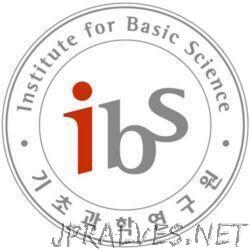Other

“Quasiparticles – long-lived particle-like excitations – are a cornerstone of quantum physics, with famous examples such as Cooper pairs in superconductivity and, recently, Dirac quasiparticles in graphene. Now, IBS CSLM researchers have discovered quasiparticles in a classical system at room temperature: a …

“Quantum technologies, i.e. technological devices obtained by building and manipulating quantum mechanical systems, are becoming a reality in recent days. The most prominent example is certainly given by quantum computers, where the unit of information, the bit, is replaced …
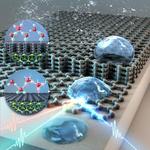
“Wettability of the material is the ability of a liquid to maintain contact with a solid surface, and it is proportional to hydrophilicity and inversely proportional to hydrophobicity. It is one of the most important properties of a solid, and …
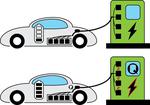
“Whether it’s photovoltaics or fusion, sooner or later, human civilization must turn to renewable energies. This is deemed inevitable considering the ever-growing energy demands of humanity and the finite nature of fossil fuels. As such, much research has been …
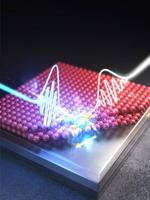
“Quantum Dot (QD) is a nanometer-sized semiconductor nanocrystal that has unique optical properties such as the ability to emit light in the range of optical frequencies depending on its size. QDs have already been applied to practical optoelectronic applications including …

“The new device can be folded into complex 3D structures such as butterflies, airplanes, and pyramids Quantum dot light-emitting diode (QLED), which employs quantum dots as a light-emitting material, has attracted significant attention as a promising alternative for next-generation display …

“Placing a 2D Bose-Einstein condensate in the vicinity of a graphene layer confers superconductivity to the material Superconductivity is a physical phenomenon where the electrical resistance of a material drops to zero under a certain critical temperature. Bardeen-Cooper-Schrieffer (BCS) theory …

“New theoretical study shows how to use Terahertz light to peep in the secrets of two-dimensional superconductors A researcher at the Center for Theoretical Physics of Complex Systems, within the Institute for Basic Science (IBS, South Korea), Professor Ivan Savenko …
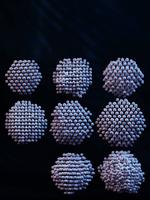
“Liquid phase electron microscopy illuminates 3D atomic structures of platinum nanoparticles, advancing full control of nanoengineering. What do you see in the picture above (Figure 1)? Merely a precisely-drawn three-dimensional picture of nanoparticles? Far more than that, nanotechnologists will say …

“Researchers at the Center for Theoretical Physics of Complex Systems (PCS), within the Institute for Basic Science (IBS, South Korea) have proposed a transistor made of graphene and a two-dimensional superconductor that amplifies terahertz (THz) signals. This research was conducted …
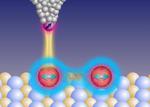
“Magnetic atoms on a surface used as building blocks for quantum information processing - Researchers at the Center for Quantum Nanoscience (QNS) within the Institute for Basic Science (IBS) achieved a major breakthrough in shielding the quantum properties of single atoms …

“On the quest for miniaturization, scientists at the Center for Integrated Nanostructure Physics, within the Institute for Basic Science (IBS, South Korea), in collaboration with researchers from the University of Birmingham and the Korea Advanced Institute of Science and Technology …

“All our smart phones have shiny flat AMOLED displays. Behind each single pixel of these displays hide at least two silicon transistors which were mass-manufactured using laser annealing technologies. While the traditional methods to make them uses temperatures above 1 …

